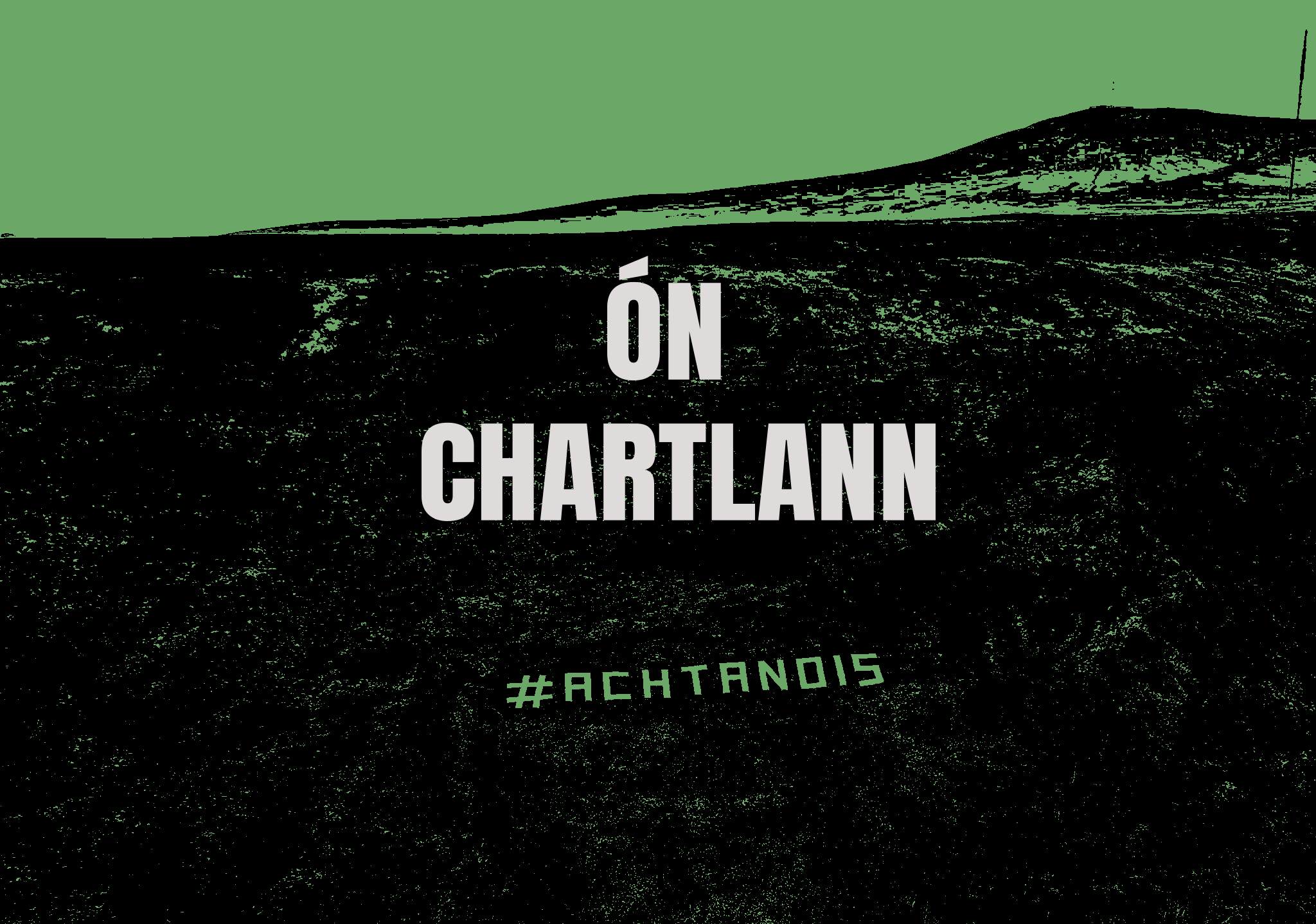An litir dhearg
Bí ar an eolas! Faigh ár nuachtlitir le bheith suas chun dáta leis na feachtais ar fad.

Street signs in Derry and Strabane with both Irish and English could be installed with the backing of just 15% of residents, after councillors backed a draft policy to “lower the threshold”.
The proposal dates back to a 2021 motion to support the “lowering of the threshold” to install bilingual streets signs due to “increasing demand”.
Councillors backed the new draft policy and approved a consultation exercise. At present, two-thirds of residents are required to back the installation of bilingual signs on Derry and Strabane streets, once a request is brought to the local council.
Approval was granted by councillors on the Environment and Regeneration Committee this week, despite objections from the DUP and UUP.
A £25,000 budget has been set aside for street signs this year, £8,000 of which will be used for bilingual signs, and an estimated 30 signs can be installed per year.
The council’s Head of Environment, Conor Canning, said the updated policy featured several changes to “reflect process revisions and legal advice”.
Changes include the introduction of street names in different languages at different parts of ‘long streets’ and the enforcement of a ten-year installation period before considering a different request.
Sinn Féin councillor Emma McGinley said she was “delighted” to see the policy being progressed.
“My nephew is at an Irish language school,” councillor McGinley said. “And coming into the community and seeing the Irish language on streets sings, shop signs, and everything else is so important.”
DUP Alderman Keith Kerrigan didn’t support the proposal and argued the 15 percent approval threshold was too low.
“Yes it was two thirds,” he said. “But I still think 50 percent plus one would have been a fair percentage.”
He was also questioned why there was no facility to revert back to one-language signs should an area’s demographics change within the ten-year period.
Alderman Kerrigan added: “If a language was selected, it can’t revert back to one language. When a dual language sign is up, it’s up. There’s no mechanism in the policy to revert back if requested.”
UUP Alderman Derek Hussey agreed that the 50 percent plus one option would be “more logical” and pointed out that the policy allows for signs in any minority language, not just Irish or Ulster Scots.
Councillor McGinley said it was “sad” that every time dual-language signs were discussed, there were “objections from the same people”.
She added: “It’s the same comments and remarks, and it doesn’t seem to move anything forward. Also, the previous threshold was two thirds of respondents, not people living on the street, so this is actually going to potentially make it more difficult.
“It’s not going to be imposed upon anybody that doesn’t want it and everybody has an opportunity to respond, so I just think a bit of respect for the community is warranted.”
Bí ar an eolas! Faigh ár nuachtlitir le bheith suas chun dáta leis na feachtais ar fad.